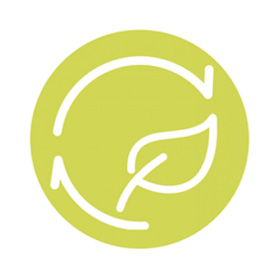
Clean and green
Protect, respect and conserve the environment
MacChangers pairs multidisciplinary teams with community members to propose innovative solutions to local challenges facing the Hamilton community, as well as the global community.
This is a co-curricular experiential program at McMaster University; students do not receive course credit.
Applications for the 2023-2024 program are closed.
MacChangers teams will develop their professional and transferable skills through workshops on a variety of topics, such as human-centred design, the financial viability of solutions, prototyping, communication, teamwork, leadership and problem-solving. Students will utilize these new skills to develop unique and robust proposals to solve local challenges.
In March, teams present their proposed solutions in front of an audience consisting of students, staff, and faculty members from McMaster University, as well as stakeholders from the Hamilton community.
Our vision is to offer experiential learning opportunities to students and to propose collaborative solutions to the most complex and pressing problems confronting society in the 21st century as identified in the United Nations Sustainable Development Goals (Think Global) and Our Future Hamilton (Act Local) long-term community vision.

Protect, respect and conserve the environment
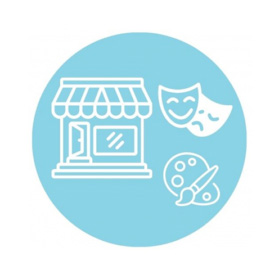
Support the diversity and richness of connections within our community.
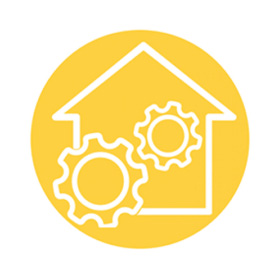
Create solutions to improve physical structure and systems in Hamilton.
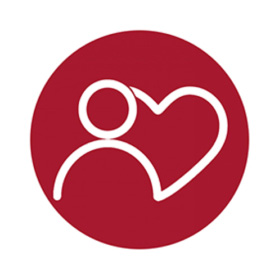
Prioritize the well-being and security of Hamilton residents.
Our teams of interdisciplinary students have proposed dynamic solutions to complex challenges.
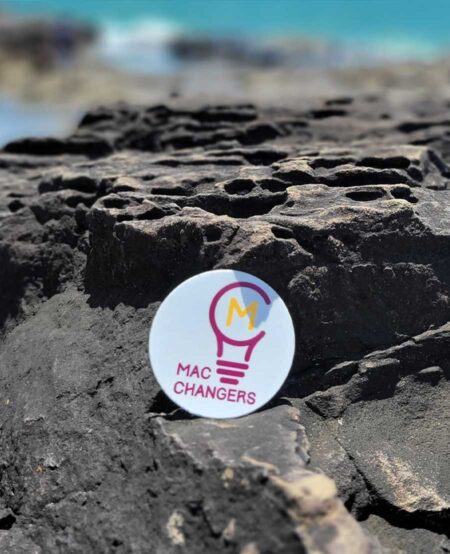
“MacChangers has been more than an astounding experience for us, it is a journey filled with personal development, hands-on learning, methodologies to tackle the issues of today, and most importantly a platform for us to define our future adventures.”
“MacChangers was an opportunity to work with a strong, diverse team who taught me about thinking differently to solve problems. More than that, it was an opportunity to see just how involved and committed the McMaster and Hamilton community are in supporting student growth and success.”
“My favourite part of MacChangers was all of the mentorship we received from Student Partners and MacChangers faculty and the relationships they helped us build with members of the community to really build effective change.”
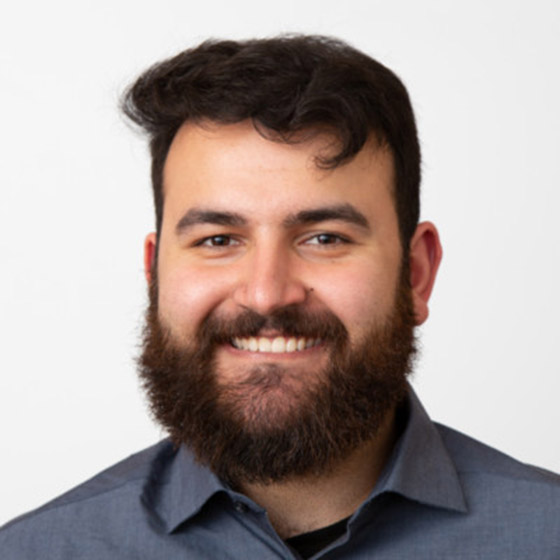
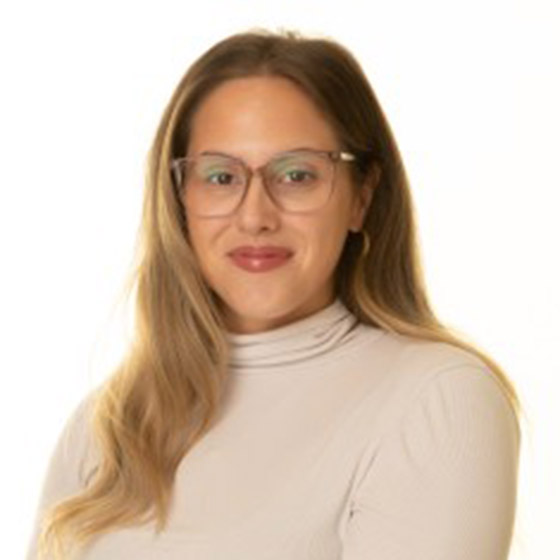

By default, students do not receive course credit for completing MacChangers. Students enrolled in MacChangers are eligible for a complimentary elective credit by enrolling in ENGINEER 3CX3. More information can be found on the experiential learning page.
We have three information sessions happening on campus in the fall. You can always e-mail us at changers@mcmaster.ca if you have any questions.
Applications for the 2023-2024 year have closed. Please visit this page again and consider getting involved in the future!